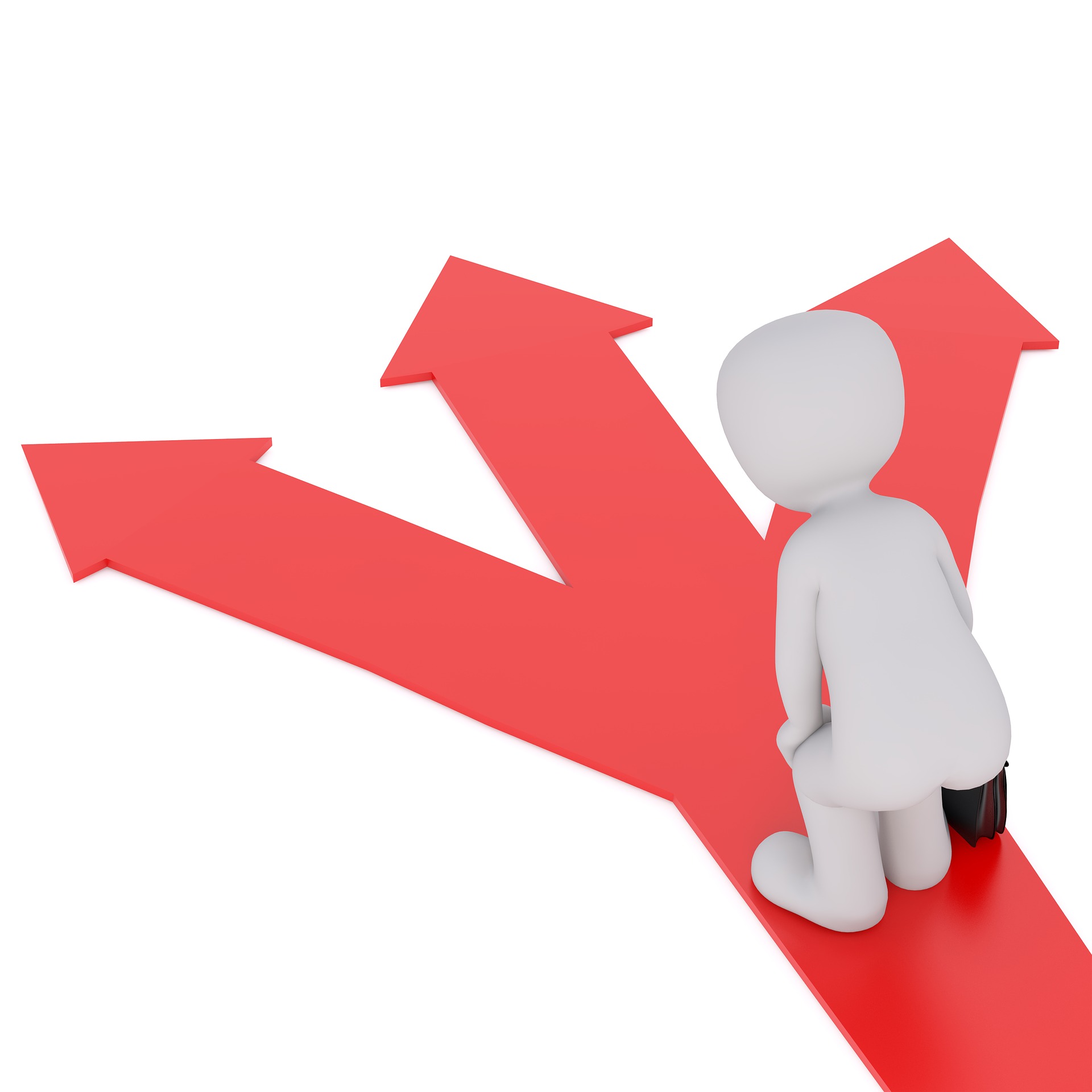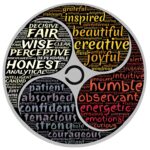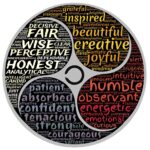In my last article, I described the seven forces that make positive life change so difficult. In this article, I will explore how you can overcome those forces and propel yourself toward the person you want to be and the life you want to lead.
Positive life change is the Holy Grail for many people. Whether happiness, contentment, healthy relationships, a fulfilling career, or some other cherished goal, many of us spend immense amounts of time, energy, and, yes, money in search of that elusive state. To give you an idea of how invested we are in personal growth, the self-help market is worth approximately $13 billion with more than 15,000 self-help books published in the U.S. every year. What these seemingly crazy large numbers also tell us is that there is no single proven way to change; in fact, there are, as the saying goes, “many roads to Rome.”
They also suggest that no one has figured out the definitive way to produce positive life change (though many profess to have done so). And perhaps the most enduring myth about life change is that there is an easy road to Rome, a way to make significant changes in your life with little effort or time. It’s simply not true; meaningful growth is very difficult because you are likely trying to change years of emotional baggage, habits, routines, and patterns of thinking, feeling, behaving, and interacting with others. Not to mention the neural wiring in your brain that actually produces your “way” of being you.
Yet, change is possible; I wouldn’t be in this profession unless I believed that. And, though it may not be easy, positive life change is surprisingly simple. I certainly don’t profess to offer a clear path to becoming the best version of yourself. At the same time, if you look at all the disparate philosophies, approaches, methods, techniques, and strategies that are floating around the self-help universe, you can begin to discern a pattern that coalesces around two basic paths that you can follow.
Inside/Out
This path is followed by those who embrace some form of “depth psychology” (of which I’m a proponent). This path involves exploring your past to understand who and why you are in the present. It also includes examining the unconscious thinking, such as the perceptions, attitudes, and beliefs, you hold about yourself and the world that holds you back. And, importantly, the emotions that you attach to your inner world that anchor you to your past. Fundamental to this inside/out approach is recognizing and letting go of the psychological and emotional baggage you carry that have driven you in a direction not of your own choosing nor that has made you happy for much of your life.
By clearing away the “inside” obstacles that have stood in the path to who you really want to be in the present, you are now free to express the “new you” outwardly in terms of the emotions you express, how you behave, the way you connect with others, and how you engage with the world. In turn, when others interact with this new version of you, they are likely to respond in an affirming and reinforcing manner, which will provide external validation for who you now are, thus creating a virtuous cycle of healthier thinking, emotions, behavior, and relationships with others.
Outside/In
This path is followed by those who embrace what is known in psychology as a cognitive-behavioral approach to positive life change (of which I am also a proponent). On a path of unhappiness and dissatisfaction, you engage in a consistent pattern of harmful attitudes, beliefs, thinking, decision making, behavior, and interactions with others. Not surprisingly, this toxic psychological stew produces reactions from the world that are equally noxious. You get caught in a self-perpetuating vicious cycle that reinforces who you are and how you respond to the world around you, even when you no longer want to be that person nor react to your world in that way.
This outside/in path involves identifying unhealthy patterns of thinking and behavior, and altering them in a healthier direction. In turn, by thinking about yourself and the world in a different way, and then acting on and reacting to the world based on that different way, you receive very different feedback compared to the previous unproductive behaviors that you expressed. As classical conditioning suggests, reinforcement of these new and positive behaviors reinforces them and, in time, replaces the bad old with the good new.
That’s the “outside” impact; now for the “in” result. This new wave of feedback provides you with very different information about yourself. For example, where before there might have been defensiveness and anger, now there might be openness and equanimity, and your world responds in kind. The different external feedback produces in you different perceptions and emotions about yourself. Perhaps for the first time, the way you’ve been all your life is being challenged (in a good way) and that causes you to question, both consciously and unconsciously, all of the attitudes, beliefs, and emotions that have guided your life so far.
With this combination of new inputs from the outside world and the need to reconcile the discrepancy between this contradictory feedback and your old self, two things happen. First, the friction between the new inputs and the old you will require that something has to change and, assuming the new inputs continue, your entrenched attitudes, beliefs, and emotions will slowly begin to erode and be replaced by new ones that are aligned with the new feedback. Second, as your old self recedes, it will lose its power over the way you think about yourself and the emotions you experience within yourself. This shift in influence will allow a new set of attitudes, beliefs, and emotions to emerge grounded in your new external reality, and dictate a more positive and healthy response to yourself and your world.
Which Path is Better?
There is no better in determining which is right path for you to experience positive life change. Which will work best for you depends on several factors. First, your basic beliefs about how we humans work; some of us are “depth” people and some of us are “surface” people (no judgment here either way). Second, your ability and willingness to be introspective and dig deep into your past and your unconscious. This journey below the surface of our selves can be both challenging (in terms of access) and scary (of what you might uncover), and it’s not for everyone. Third, your ability to resist your deeply ingrained psychological, emotional, and behavioral habits, and, through force of will, replace them with healthier alternatives.
So, which is the best path for you? I would say both! My professional approach to positive life change has always been to “attack” the issue from every angle. The more ways you approach change, the more positive reinforcers you will experience, and the more quickly you will shift your life inertia, resulting in faster and more lasting change.
As for how specifically you can get on one or both of these paths also falls under the category of “many roads to Rome.” Just as there is no single methodology to change, there is no single process for change either. As a Ph.D. in Psychology, I tend to lean toward trained professionals who have the expertise and experience to can support your efforts. At the same time, life coaches, books, seminars, online courses, and other resources may also provide the support you need. I recommend that you do your research, accept referrals from people you trust, and keep looking until you find the person or program that best fits your needs and goals.







